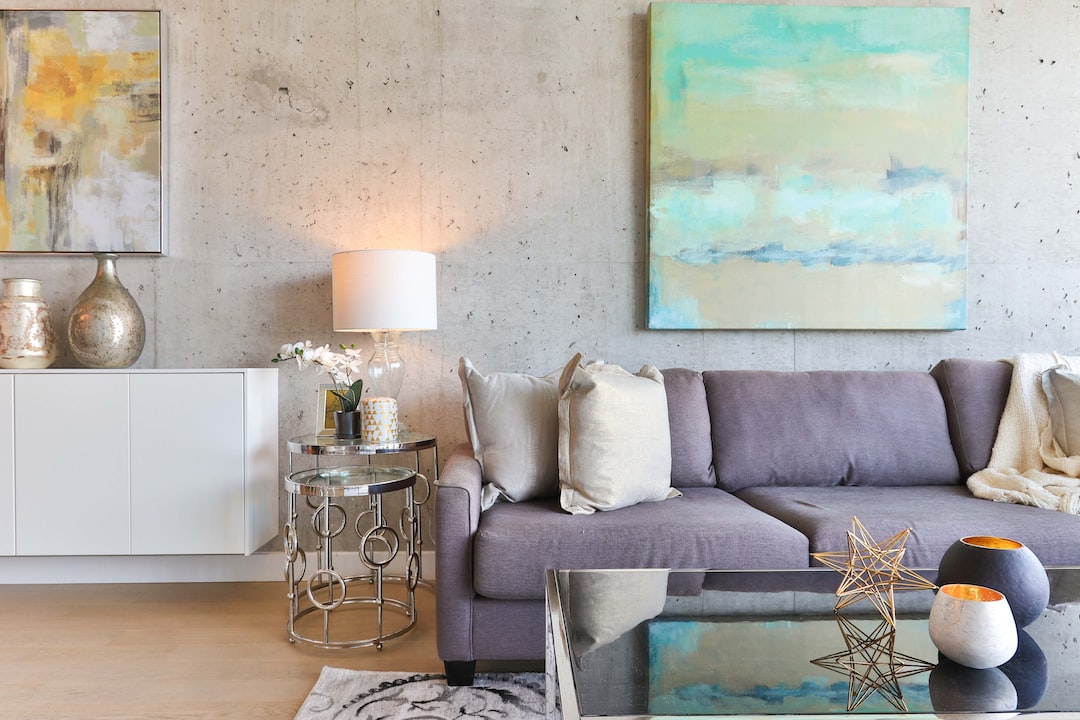The Art of Feng Shui: Using Furniture Arrangement to Create Harmonious Spaces
In the fast-paced modern world, finding balance and harmony in our living spaces can be challenging. However, one ancient practice that has stood the test of time is Feng Shui. Originating in China over 3,000 years ago, Feng Shui is the art of arranging furniture and objects in a way that promotes a harmonious flow of energy, or qi, in a space. By understanding the principles of Feng Shui, we can transform our homes into tranquil havens where positive energy can thrive.
One of the fundamental principles of Feng Shui is the concept of yin and yang, which represent opposite yet complementary forces. Yin is the feminine energy associated with softness, darkness, and relaxation, while yang represents the masculine energy associated with brightness, activity, and stimulation. To create a harmonious space, it is essential to strike a balance between yin and yang energies.
Start by assessing the functionality of your space and determining the purpose of each room. Rooms that are designed for relaxation, such as bedrooms or living rooms, should have a more yin energy, while spaces meant for productivity and socializing, like offices or dining areas, should have a yang energy.
Once you have identified the purpose of each room, consider the placement of furniture. Avoid blocking doorways or pathways, as this can obstruct the flow of energy. Arrange furniture in a way that promotes a smooth and natural movement throughout the space. For example, in a living room, position sofas and chairs in a circular or U-shape to encourage conversation and social interaction.
Another important element in Feng Shui is the use of the Bagua, a map that divides a space into nine areas, each corresponding to a different aspect of life. By understanding the Bagua, you can strategically place furniture in each area to enhance specific aspects of your life.
For example, the Bagua’s wealth area is located in the far-left corner of a room. By placing a wealth symbol or a plant in this area, you can invite positive financial energy into your life. Similarly, the relationship area is in the far-right corner, and enhancing this space with a pair of matching bedside tables or a cozy seating area can help foster more harmonious relationships.
Colours also play a crucial role in creating a harmonious space. In Feng Shui, each colour is associated with a specific element and has its own energy. For example, blue represents the water element and promotes relaxation, while red symbolizes fire and stimulates passion and energy.
When choosing colours for your furniture, consider the energy you want to promote in each room. In bedrooms, opt for soft, calming colours like light blues or pastel greens to create a serene atmosphere conducive to restful sleep. In offices or study areas, choose energizing colours like yellows or oranges to foster creativity and productivity.
Lighting is another essential element in Feng Shui. Natural light is the most desirable, as it brings in positive energy. Maximize natural light by keeping windows unobstructed and using light, sheer curtains. If natural light is limited, strategically place mirrors to reflect and amplify the available light.
Avoid harsh, overhead lighting and instead opt for layered lighting with a combination of ambient, task, and accent lighting. This allows you to adjust the lighting according to your needs and create different moods in a room.
In addition to furniture arrangement, decluttering and organizing your space is a crucial aspect of Feng Shui. A cluttered environment obstructs the flow of energy and can lead to feelings of stress and overwhelm. Take the time to declutter and only keep items that are meaningful or serve a purpose. Use storage solutions, such as baskets or bins, to keep belongings organized and out of sight.
By incorporating the principles of Feng Shui into your furniture arrangement, you can create a harmonious and balanced living space that supports your well-being and invites positive energy. Remember to strike a balance between yin and yang energies, strategically place furniture according to the Bagua, choose appropriate colours, optimize lighting, and keep your space clutter-free.
With a little bit of effort and intention, you can transform your home into a sanctuary where positive energy flows freely and harmonizes with your life and aspirations. Embrace the art of Feng Shui, and let it guide you in creating a space that nurtures your mind, body, and spirit.
